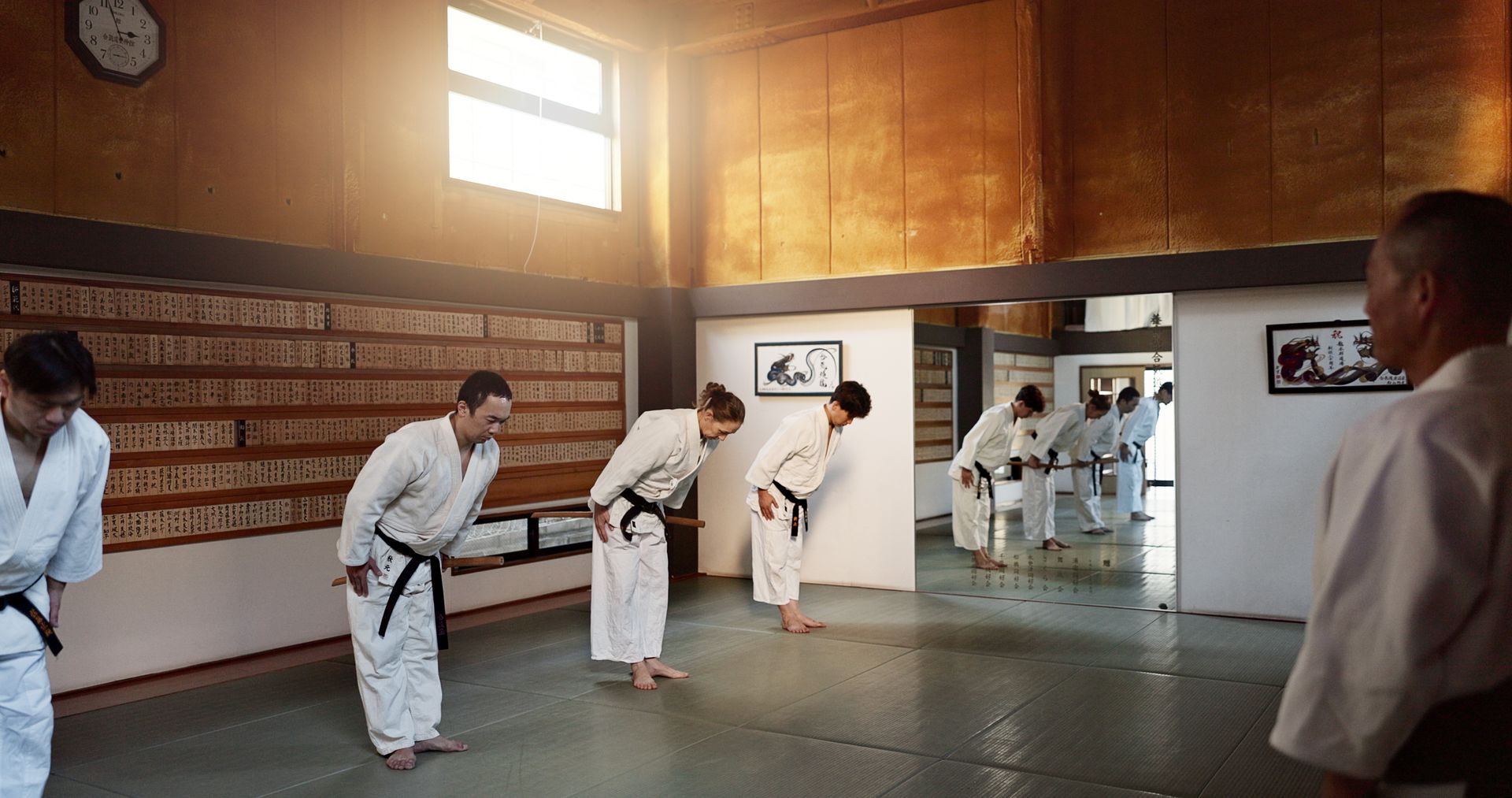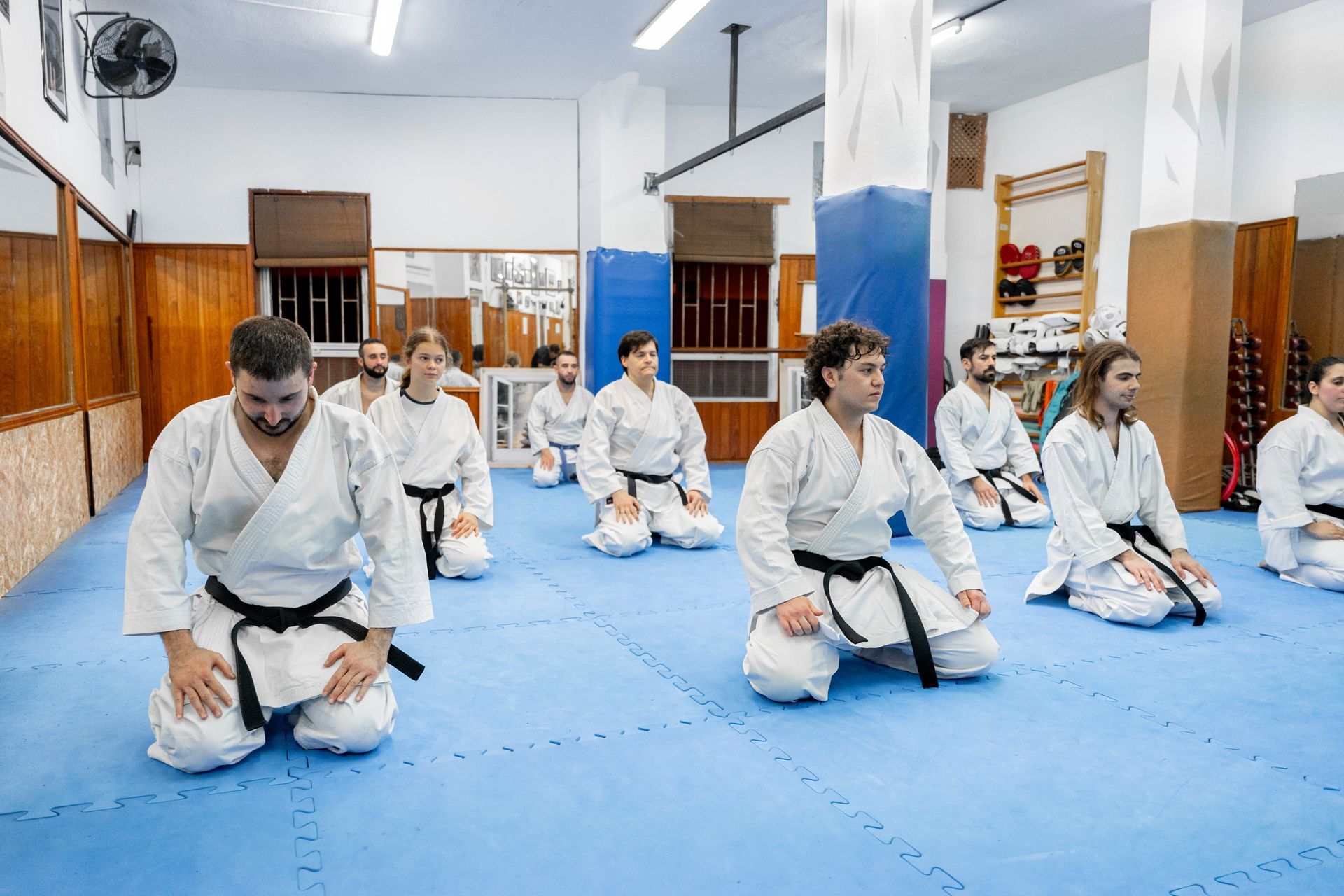Are You Truely Covered By Your Waiver
Are You Truly Protected With A Wavier? What Can You Do To Make Sure!

Are You Truly Protected? Why Your Waiver Might Not Be Legally Sound
As a gym or sporting club owner, you know that risk is an inherent part of the activities you offer. You likely have a waiver in place, believing it’s your shield against potential lawsuits, but this will help in strengthening your defence in an insurance claim.
What if that shield is full of holes?
A poorly constructed waiver isn't just ineffective; it can create a false sense of security that leaves your business dangerously exposed.
Waivers are critical risk management tools, but they are also legally binding contracts that must be carefully crafted to be enforceable. Let's break down the essential elements of a legally sound waiver and why they are so vital for your recreational service.
The Anatomy of an Enforceable Waiver
Think of your waiver as a formal agreement. For it to hold up, it needs to meet several key legal standards.
It Must Be a Contract
A waiver isn't just a form; it's a component of the contract between your business and your member. It must be presented and agreed upon when they sign up, not as an afterthought. Handing a member a waiver after they've already paid and signed their membership agreement is a classic mistake that can render it useless. The timing is crucial.
Clarity is King
The language in your waiver must be clear, unambiguous, and specific to the true risks of the activities at your facility. Vague clauses will almost always be interpreted in favour of the participant, not your business. For example, instead of just saying "risk of injury," you might specify "risks including, but not limited to, muscle strains, sprains, falls, and injury from equipment malfunction." It must also be broad enough to cover your own business's negligence, not just the negligence of other members.
Reasonable Notice Must Be Given
You can't hide the waiver in the fine print. You must prove that you did everything reasonably possible to bring the terms to the participant's attention. The best way to achieve this is straightforward:
- Ensure the member signs the contract that contains the waiver.
- Include a clear acknowledgment, such as, "I have read, understood, and agree to the terms of this waiver of liability."
Know the Limitations
Even a perfect waiver has its limits. It's important to understand what a waiver cannot do:
- It's not enforceable for minors. You cannot waive the rights of anyone under the age of 18. You will need a parent or guardian to sign an indemnity agreement on their behalf.
- It's limited to personal injury or death. Your waiver cannot exclude liability for things like property damage or other financial losses.
- It cannot override all statutory rights. While the Australian Consumer Law (ACL) provides specific exceptions for recreational services, a waiver cannot override certain fundamental consumer guarantees.
Why Waivers are Critical in the Fitness and Sporting Industry
The ACL defines recreational services as activities involving a significant degree of physical exertion or risk. This is the world you operate in. The very purpose of a waiver is to legally exclude or restrict your liability for negligence in this high-risk environment.
Without a properly drafted waiver, your business could be held responsible for injuries that occur on your premises, even when you have taken reasonable care. A strong waiver acts as your first and most important line of defence, demonstrating that the participant was aware of and accepted the inherent risks of the activity.
The Bottom Line: Don't DIY Your Legal Protection
While this guide provides a solid overview, the nuances of contract law are complex. Using a generic template, you found online is a significant gamble with your business's future.
Consider obtaining professional legal advice to draft or review your waiver. An expert can ensure your document is tailored to your specific services, compliant with current laws, and provides the robust protection you need to operate with confidence. Your business's safety, and your peace of mind, are worth the investment.







